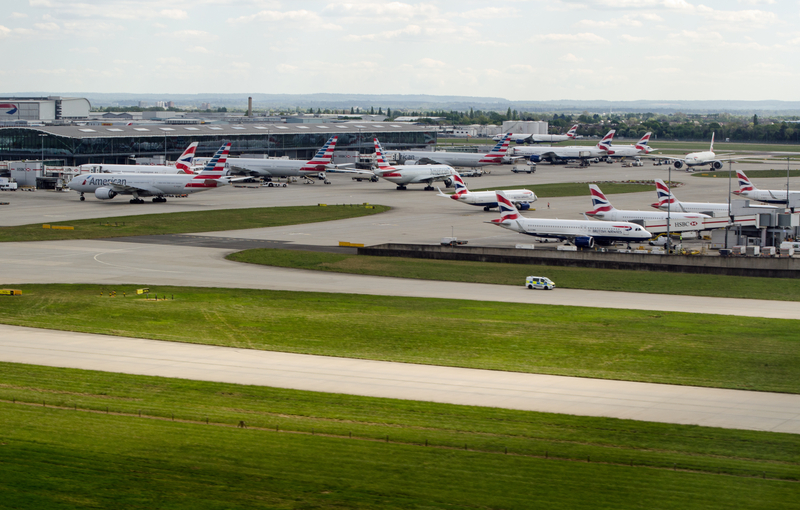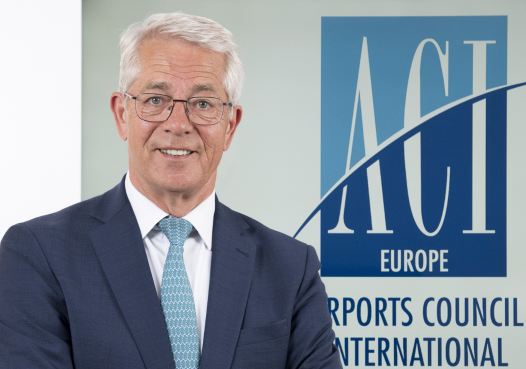
European air traffic reaches pre-pandemic levels
31 July 2024
by Jonathan Andrews
Passenger traffic across the European airport network has increased by 9 percent in the first half of this year, bringing passenger volumes 0.4 percent above levels from the first half of 2019.
The figures, released by the European airport trade body ACI EUROPE, finally confirms a full recovery from the pandemic for the airport industry.

“As overall passenger traffic finally made it above 2019 levels over a full six-month period, our industry has now turned the corner on the pandemic,” said Olivier Jankovec, Director General of ACI EUROPE. “But beyond these headline figures, the European airport market has become extremely fragmented in terms of traffic performance – with only 53 percent of airports having actually fully recovered their pre-pandemic passenger volumes in June.”
He noted that this reflects structural changes in both demand and supply – with leisure and VFR1 [visiting friends and relatives] passengers and Ultra-Low Cost Carriers along with Turkish Airlines very much driving growth.
The new figures also reflect the dynamism of aviation markets in parts of Eastern Europe and Central Asia along with geopolitics’ on-going impact on specific markets.
The top five European airports welcomed a total of 174.6 million passengers in the first six months of this year – an increase of 8 percent over the same period last year and 2 percent above their pre-pandemic levels.
London Heathrow (pictured) remained the busiest European airport with 39.8 million passengers followed by Istanbul which handled 38.1 million passengers. The Turkish hub was followed by Paris-CDG at 33.2 million passengers, Amsterdam Schiphol with 31.8 million passengers and Madrid with 31.7 million passengers.
Looking at the peak summer months of the next quarter and beyond, Jankovec said airports are in for their best summer ever in terms of passenger traffic, even though the unprecedented global IT outage earlier this month combined with recurrent Air Traffic Management capacity shortages and aircraft delivery delays are all taking a toll on airport traffic.
Warnings over new Schengen entry system
“What comes next will largely depend on whether demand remains resilient and sustained when the autumn comes,” he added. “That will in turn depend on how currently mixed macro-economic signals end up playing out – from falling inflation and stable unemployment rates to decreases in industrial production and economic sentiment. For now, what certainly keeps us awake at night is whether Schengen States will effectively be ready for the start of operation of the bloc’s Entry Exit System planned for next November. If not, we might be in for major disruptions.”
Image: Basphoto | Dreamstime.com









